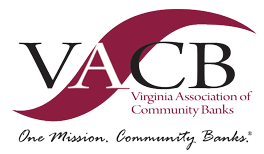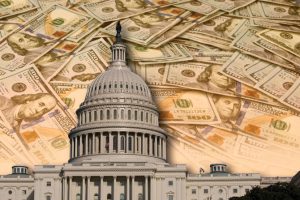We knew it couldn’t continue, but we kept hoping. The NSF drug that propped up the profitability of so many retail franchises for decades is about to expire. For ages, the product itself has been in high demand by specific customer segments. It is, per se, a product that meets the needs of those customers. The problems arose not from the product itself but a combination of two factors:
- Banks using NSF fees, features and functionality that were price elastic to improve profitability and increase customer usage of the product; and
- Customers found that incurring NSF fees was less expensive than other ways of borrowing short-term funds; or, for another high-usage segment, the product was convenient at any price.
As customer demand rose, so did the fees, and the behind-the-scenes machinations to incur them. A consulting cottage industry sprouted, helping banks maximize fees through “tweaking the matrix” (in the best interest of high-usage customers, of course). This combination was the precursor to the end of the NSF fee.
Online banks, which enjoy a fundamentally different cost structure, were looking for ways to gather deposits. One of them realized that the NSF fee could become an inhibitor for SOME prospects to open an account with the bank. In a stroke of wisdom, that bank announced the elimination of NSF fees. It was an easy decision since these fees were not very significant in their operating model.
Online banks, which enjoy a fundamentally different cost structure, were looking for ways to gather deposits. One of them realized that the NSF fee could become an inhibitor for SOME prospects to open an account with the bank. In a stroke of wisdom, that bank announced the elimination of NSF fees. It was an easy decision since these fees were not very significant in their operating model.
This change was waived off as an aberration by many traditional banks, where NSF fees are a major component of retail profitability. Those banks that invested heavily in branches and other complex retail services found these fees central to funding R&D initiatives in the retail space, as well as improving that line-of-business performance during nearly a decade of exceptionally low rates. And then came Chase … and PNC … and Frost …
The dilemma is clear: Should we give up NSF fees in the interim period until they fully sunset, or should we bite the bullet now? Will tweaking our fee structure — from raising the de minimis amount per transaction or balance to eliminating the continuous overdraft fees — help us delay the overall elimination of the product/fee? Or should we eliminate the fees altogether?
Here are all the fee elements you must consider:
- Paid overdraft fee
- Returned overdraft fee
- Grace period timing
- Balance de minimis
- Transaction de minimis
- Max overdraft fee per day
- Extended overdraft fee
Two other tools are available to all banks as a part of this dilemma and can be turned into an opportunity:
- Offering bank on product
- Posting payroll sometime before settlement
Interestingly, only a few banks seem to have taken a strategic view of the situation. Most banks, including Bank of America and Wells Fargo, opted for making minor changes to their NSF fee structure, which, while coasting the bank a meaningful amount in fee reduction, doesn’t amount to the full elimination of the product.
Others, most notably Chase and Frost, developed a more strategic approach to making meaningful revisions in their fee structure. There is much to learn from their approach.
The way I see it, the NSF income stream is doomed. And yet, some customers truly value the product and actively, by choice, prefer to consume it. A customer-centric organization can develop an approach that gives customers an easy way to reduce their insufficient funds’ fees without eliminating that option altogether. Both Frost and Chase crafted a program where any customer can enjoy a meaningful “grace amount” (up to $100), a meaningful “grace period,” and even credit for direct deposit funds BEFORE they hit the bank, thereby reducing the “end of the pay period” cash pressure for those customers who avail themselves the opportunity. The price the customer pays for this option is the elusive direct deposit, coupled with eminently doable digital requirements. The price the bank pays for this option is a huge reduction in NSF incidents, and therefore income, among the customers who opt for the new approach.
The way I see it, you have clear choices:
- Tweak your fee structure to reduce overall fees but retain the product generally intact; and
- Make meaningful changes in your program that will require meaningful changes in customers’ behavior (and in their best interest) and will meaningfully reduce the bank’s NSF income.
The second option trades off current, short-term revenue for longer, more strategic, core customer conversion and income streams. It requires vision, the recognition of the key importance retail and small business depositors play in overall bank funding and franchise value, and a cohesive approach to the entire menu of NSF fees available to you.
It should be clear which option I’d advocate for!
Anat Bird is the President and Chief Executive Officer of SCB Forums, LTD, the company she founded in 1994. SCB Forums arranges and facilitates peer group meetings for bank CEOs. The company has multiple forums scheduled for 2022. In addition, SCB Forums offers SCBenchmarks, a benchmarking service for retail, commercial and wealth management banking sales practices and productivity.











